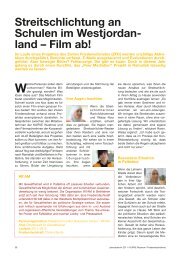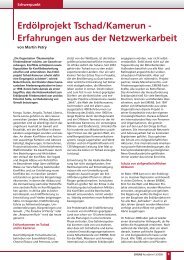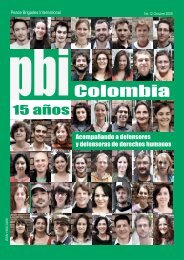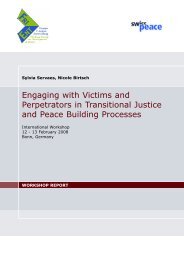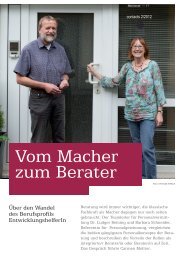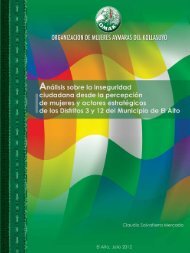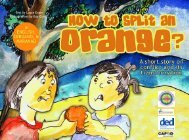Merging Ethiopian Wise-Counsel Mediation and Facilitative ...
Merging Ethiopian Wise-Counsel Mediation and Facilitative ...
Merging Ethiopian Wise-Counsel Mediation and Facilitative ...
- No tags were found...
You also want an ePaper? Increase the reach of your titles
YUMPU automatically turns print PDFs into web optimized ePapers that Google loves.
III.3Positions, Interests <strong>and</strong> Needs (PIN)“ነገርን ከስሩ ዉሃን ከጥሩ”“Fetch water from the source, verify the matter from deep within.” (Amharic proverb)At the end of the session, participants shall be able to identify <strong>and</strong> underst<strong>and</strong> the difference between positions,needs <strong>and</strong> interests.180 minutes.II.1. What is <strong>Mediation</strong>?, III.1. Underst<strong>and</strong>ing Conflict, III.2. Why Win-Win is Desired.Pin-board, flipcharts, markers, moderation cards of different colours.Step 1: To illustrate how to identify interests <strong>and</strong> how to satisfy them with a win-win solution, present the“1978Camp David Accord case study (III.3.1).Step 2: Present“The Orange story as a second example (III.3.2).Step 3: Analyse positions, needs <strong>and</strong> interests in The Mango Tree Conflict using the Onion Model (III.3.3).Step 4: Present The <strong>Mediation</strong> Tree House: Input on Grounding Questions (III.3.4).Step 5: Using the interactive movie exercise, train topic III.3.5 How to Facilitate the Shift from Positions to Interests<strong>and</strong> Needs with Grounding Questions.Step 6: Conduct The Ladder exercise (III.3.6).In the mediation process, parties generally describe their view on the given conflict situation in a very emotional manner,<strong>and</strong> through this they present their position in the conflict. The challenge for mediators is to pick out their underlyinginterests <strong>and</strong> needs, as conflict often arises when these are not being met. Mediators need to help the parties go beyondtheir positions. Focusing on needs, interests <strong>and</strong> fears can help to free those in conflict from fixed positions <strong>and</strong> concentrateinstead on the parties’ interests, which will need to be addressed in any lasting future agreement. Only when these interests<strong>and</strong> needs can surface is it possible to settle the conflict in a sustainable way. In addition, listing needs <strong>and</strong> interests (whichare often steered by fears) reveals the multiplicity of these interests <strong>and</strong> the need for several or many ingredients to beincluded in any agreement. The following sections present practical examples <strong>and</strong> exercises that facilitate the analysis <strong>and</strong>discussion on positions, interests <strong>and</strong> needs.<strong>Mediation</strong> Training Toolbox31



